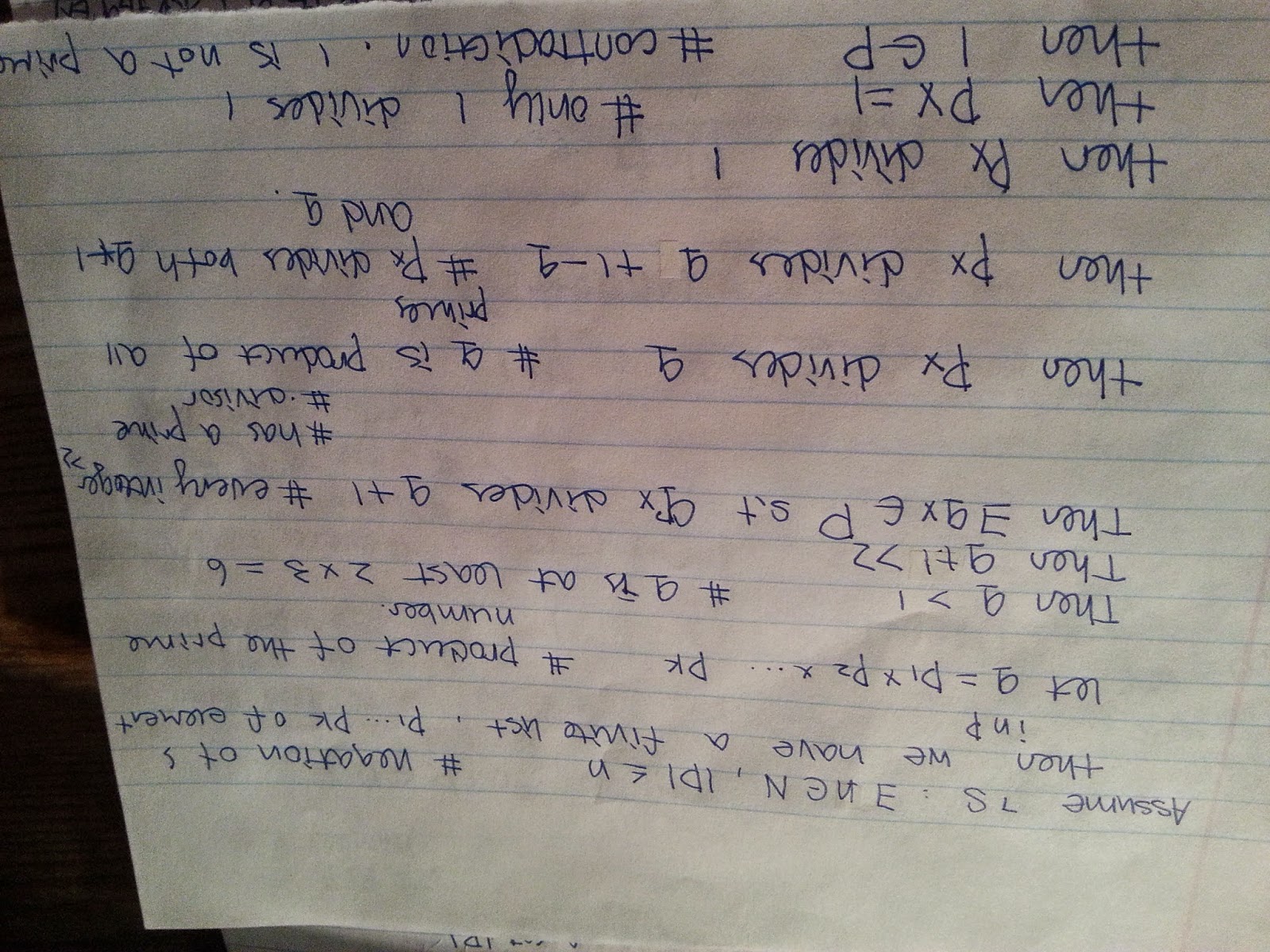Problem Solving Wiki: How thick will the paper be when folding it
Problem:
measure the thickness of the paper when I fold it
Plan:
I will measure the thickness of original paper, record the data. Then I fold the paper once, measure the thickness and record the data.Fold it again, measure the thickness and record the data. I will repeat the process.
Carry out the Plan:
I cannot not measure the thickness of one piece of paper, because it is too thin to measure. I realize that my plan fail. Therefore I re-plan.
Plan II:
I will measure the thickness of 20 pieces of paper(the measurement divided by 20 will get the thickness of one pieces of paper). Then I fold 5 pieces of paper together, and measure the thickness and record the data(the measurement divided by 5 will get the result of thickness of one piece of paper). The I fold 3 piece of paper three times, measure the thickness and record the data. Repeat the process by fold only one piece of paper four times and five times.
Result:
The second plan allow me to measure the thickness of paper. However, there is a significant shortcoming in this plan. The error is extremely big and not neglectable. The error come from two part: measurement and folding. Also, I can only have data up to the 6th fold. I can not fold it anymore. Therefore, I can only check my generalization using first six folding data.
